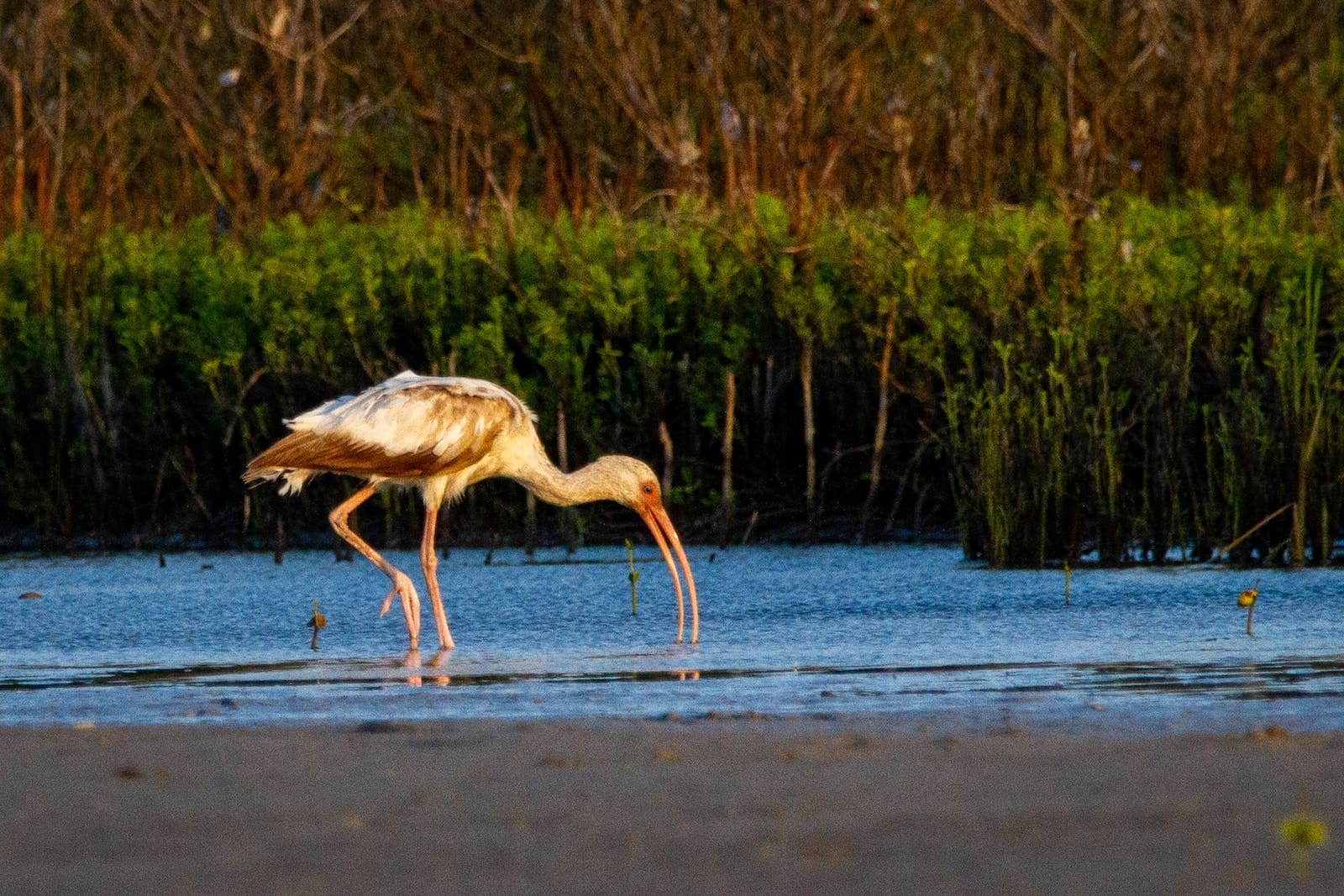Since the advent of plastic in the early 20th century, its production has surged tremendously, leading to a staggering accumulation of waste. By 2019, the world had produced around 460 million metric tons of plastic, contributing to approximately 7 billion metric tons of waste over time; tragically, a large portion of this waste ends up in our oceans, severely impacting marine life.
The Devastating Effects of Plastic on Marine Animals
Studies estimate that over 1 million marine animals, including sea turtles, are killed annually due to plastic pollution; this figure encompasses a wide range of species, but seabirds are notably the most affected, with mammals also suffering significant casualties.
The ingestion of plastic by animals can lead to severe physical harm, as plastic debris can block digestive tracts and pierce internal organs, leading to starvation as animals mistakenly feel full after consuming plastic; this reduction in stomach storage volume makes it increasingly difficult for animals to consume enough food.
The Widespread Issue of Microplastics in Marine Life
Additionally, the breakdown of plastic into microplastics – particles smaller than five millimeters – poses another significant threat. Microplastics are a massive issue, having been found in a vast array of species, affecting 86% of sea turtle species, 44% of seabird species, and 43% of marine mammal species. These deadly particles can cause liver and cell damage, as well as disrupt reproductive systems in some species, like oysters, potentially threatening their population growth; it’s estimated that by 2050, 99% of marine species could consume microplastics if current trends continue.
Impact of Plastic Pollution on Land Animals
The impact of plastic pollution extends beyond marine environments; wildlife, including elephants, hyenas, zebras, tigers, camels, and cattle, have been reported to suffer and often die from ingesting plastic waste. For example, a wild elephant in India tragically died from plastic ingestion, highlighting the widespread reach of this issue.
Habitat Destruction
Plastic pollution not only harms individual animals, but also poses a significant threat to their natural habitats. The accumulation of plastic waste in ecosystems can lead to extensive habitat destruction, causing a ripple of nasty effects throughout entire food chain and ecosystems; as plastic debris infiltrates natural environments, it disrupts the delicate balance of ecosystems, and can result in the following ecological consequences:
Altered Microenvironments
Plastic waste can create microenvironments that differ from natural conditions, as plastic debris can trap heat and alter soil temperature, affecting the growth and behavior of plants, insects, and other organisms in terrestrial ecosystems. Additionally, in aquatic environments, plastic can form artificial substrates for algae and bacteria to grow on, altering the composition of aquatic communities in an extremely toxic way.
Disrupted Food Chains

Plastic pollution can directly impact the availability and quality of food sources for various wildlife species. When plastic enters water bodies, it can absorb and release harmful chemicals, contaminating the organisms that consume it; this contamination can then propagate up the food chain, potentially affecting predators at higher trophic levels, including humans who rely on seafood.
Habitat Fragmentation
Large pieces of plastic waste can physically fragment habitats, isolating populations of animals and reducing genetic diversity; this can lead to inbreeding, which weakens species’ resilience to environmental changes, and increases their vulnerability to diseases.
Loss of Biodiversity
As plastic pollution degrades habitats and disrupts ecosystems, it can contribute to the decline and extinction of species that rely on these habitats; vulnerable species may lose their homes or be unable to find suitable habitats for breeding and feeding, further exacerbating the global biodiversity crisis.
Human Health Implications
Over three billion people rely on fish as a primary protein source, and with most fish species ingesting microplastics during their lifespan, these harmful particles can eventually make their way into the human body; studies have detected microplastics in human placentas and even in human blood and lungs, raising alarming concerns about their potential to cause long-term health effects.
The Urgent Need for Addressing Plastic Pollution
In response to this growing crisis, various measures have been proposed and implemented globally, including the banning of single-use plastics, the improvement to recycling infrastructure, and the adoption of economic incentives for reducing plastic waste; on an individual level, there is also plenty we can be doing. Making key lifestyle changes, such as using reusable products and avoiding clothing made from synthetic fibers, can also significantly reduce plastic pollution over time, and we all must consider it our personal responsibility to do our part.
The detrimental effects of plastic on animals and the environment are profound and far-reaching; from marine to terrestrial ecosystems, the impact of plastic pollution is a global issue requiring immediate action.







Leave a Reply